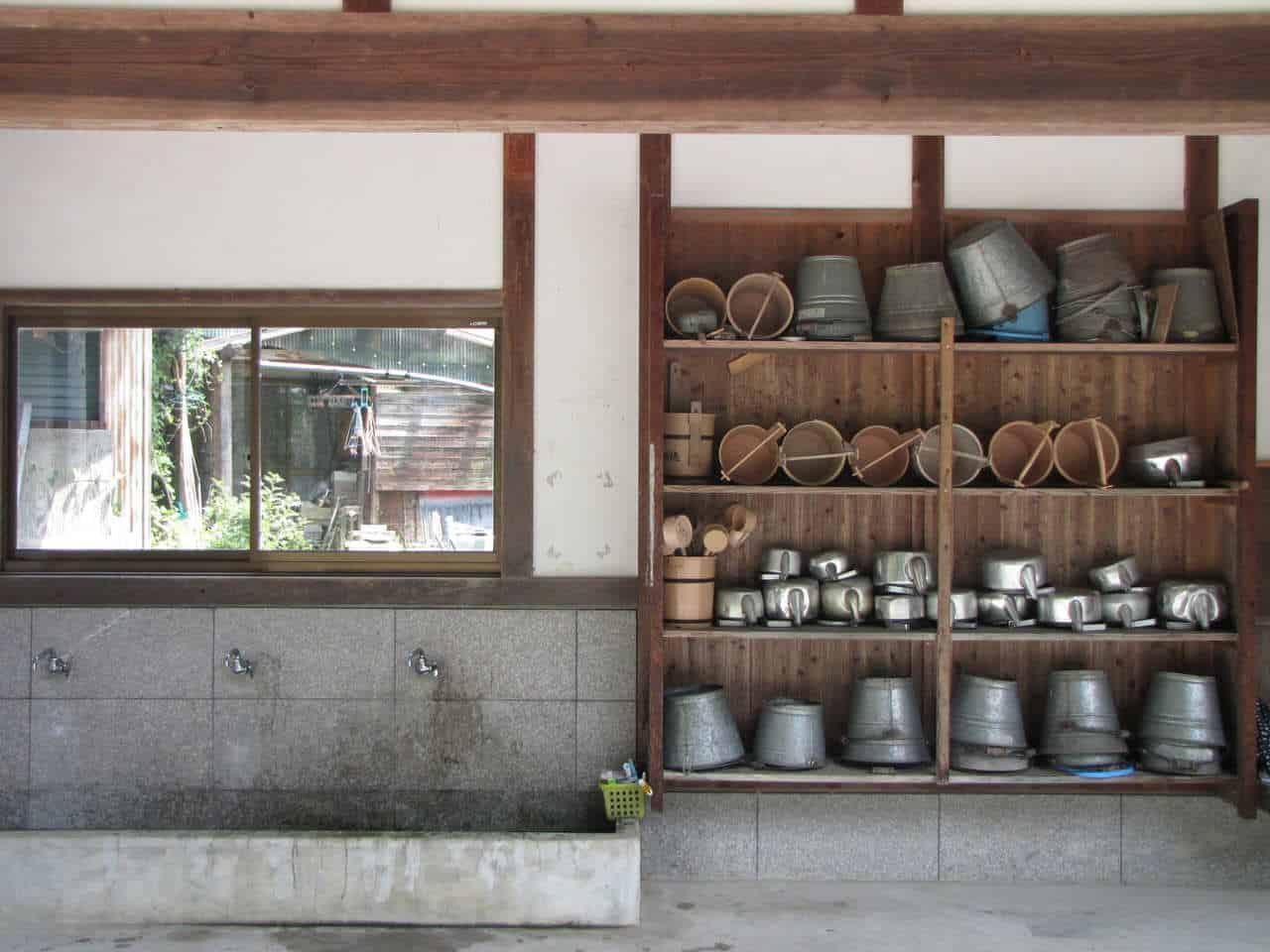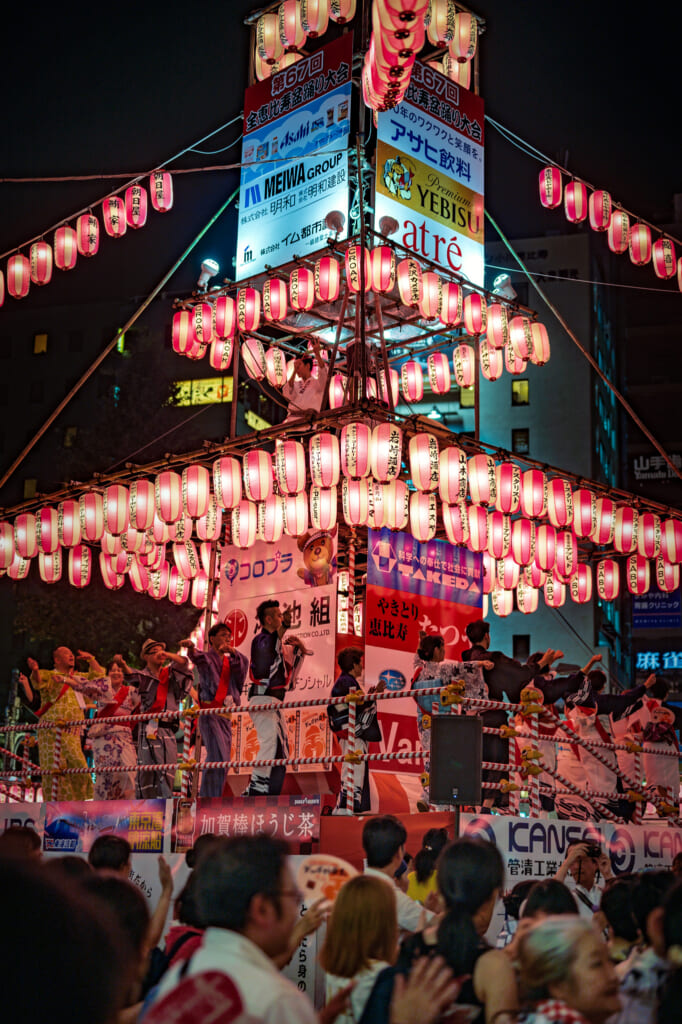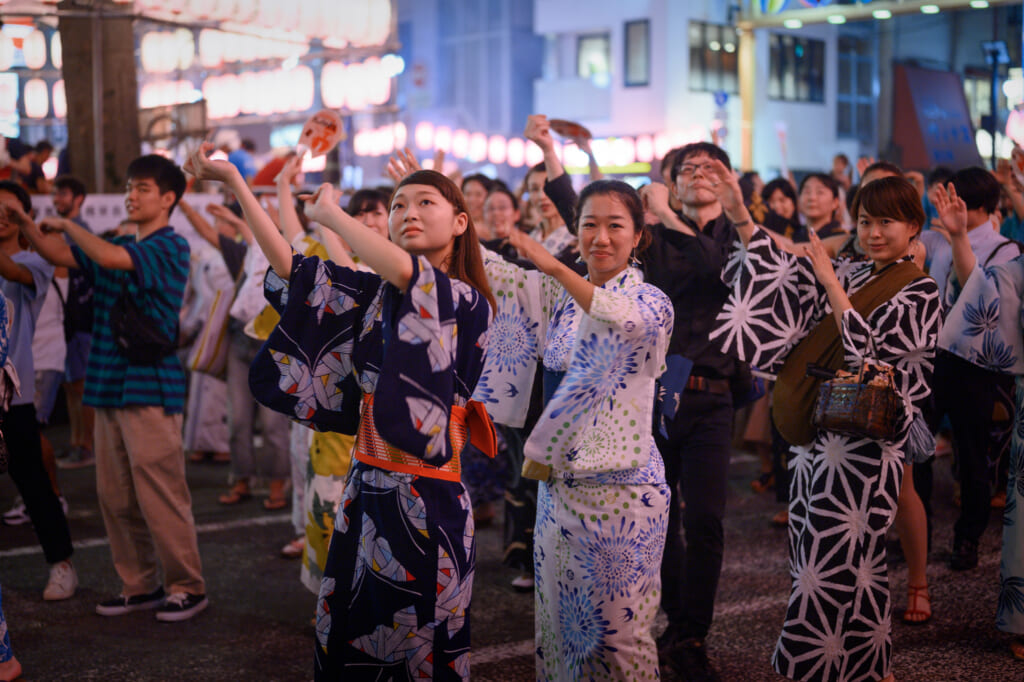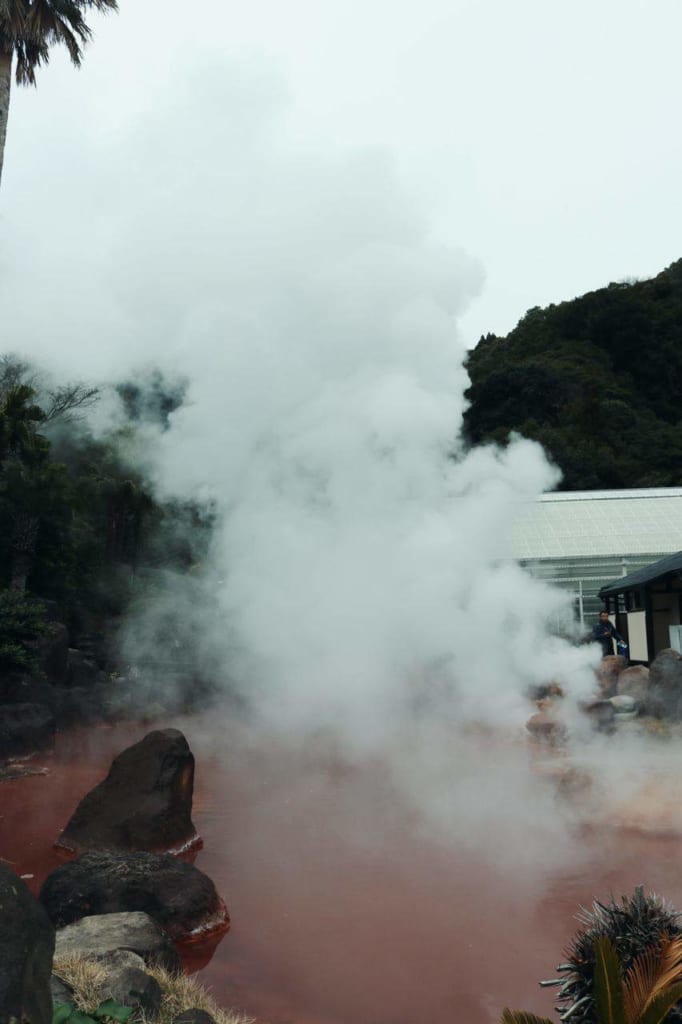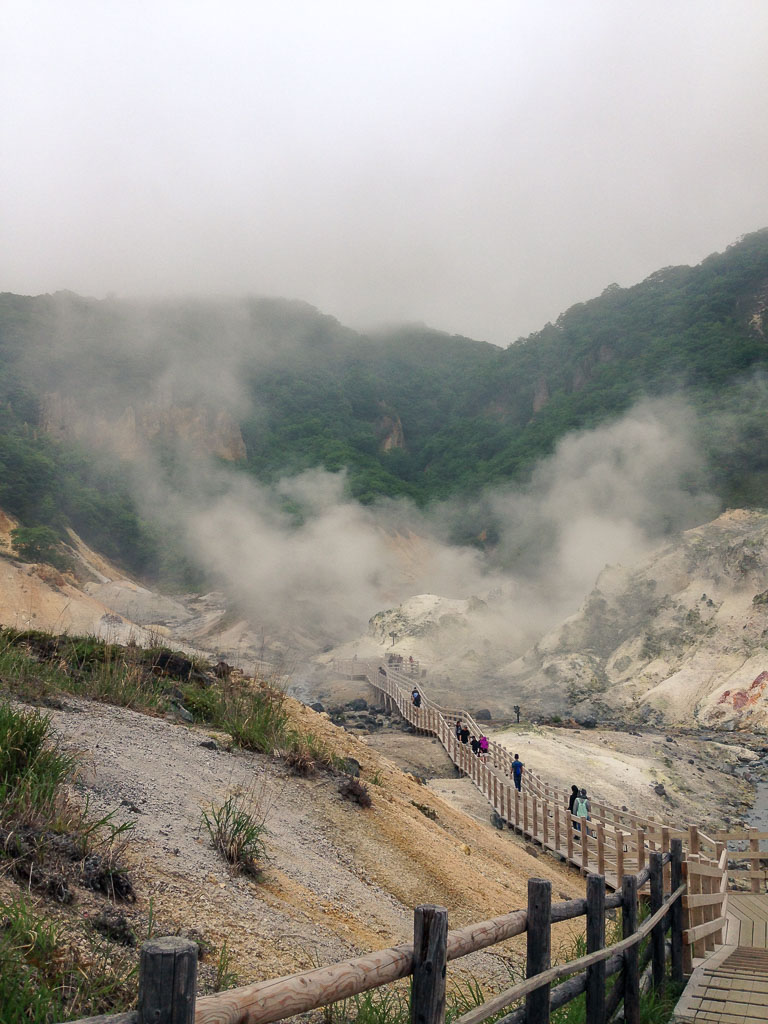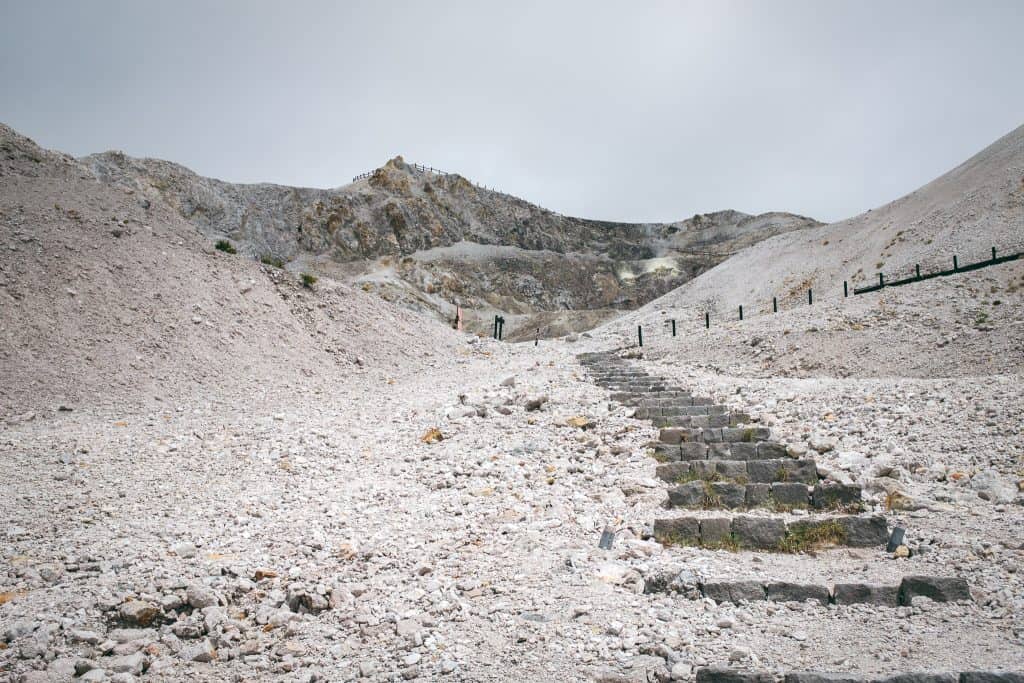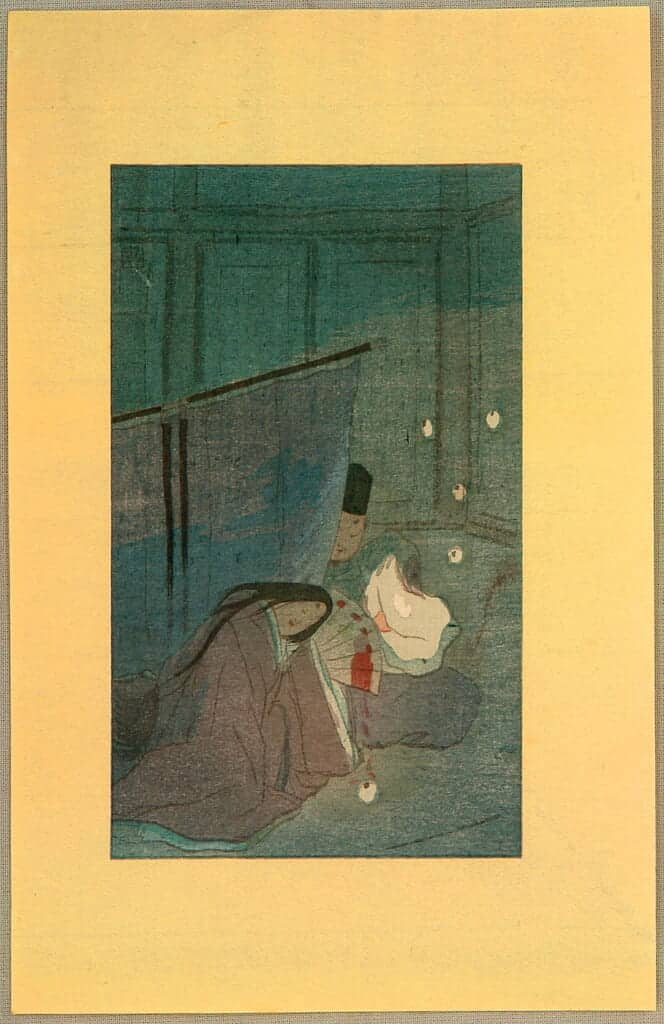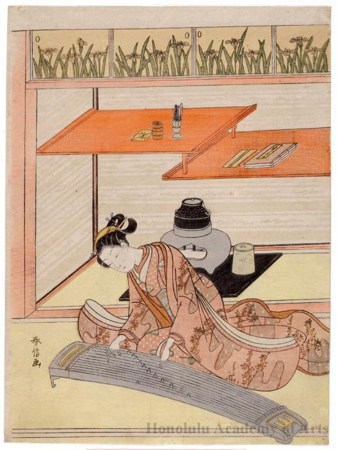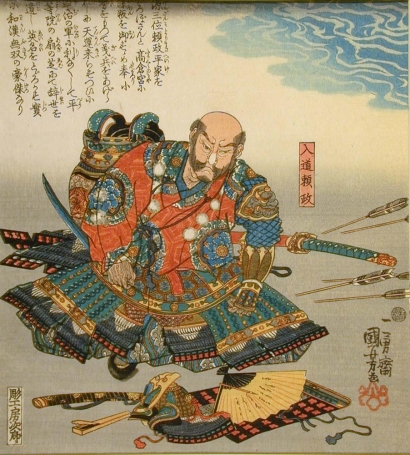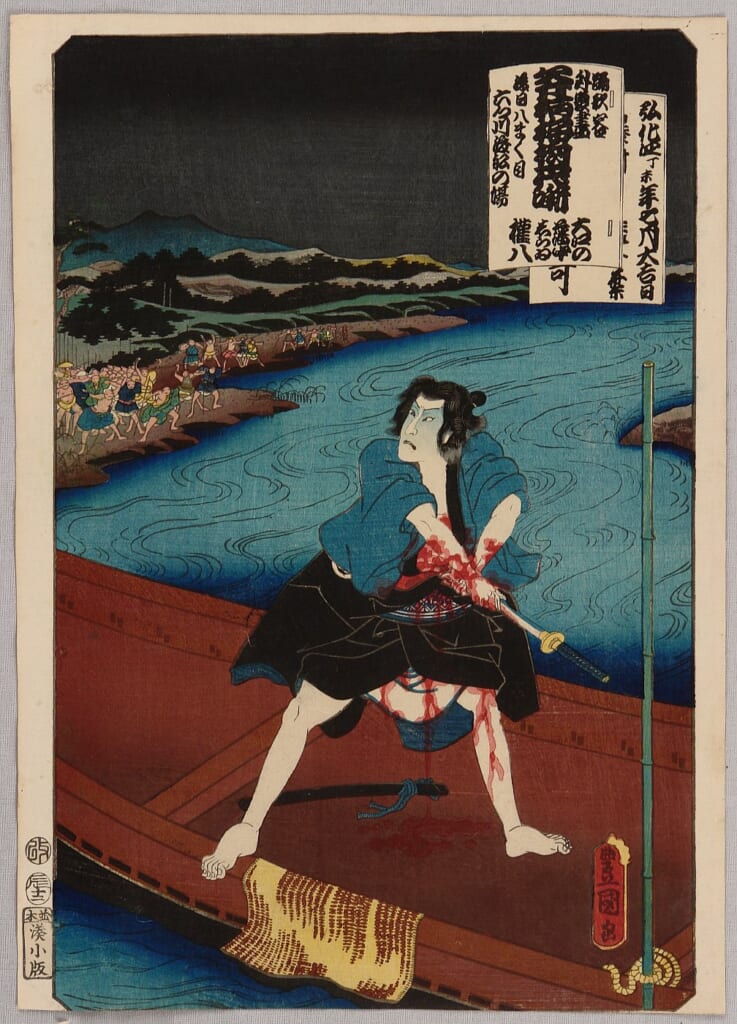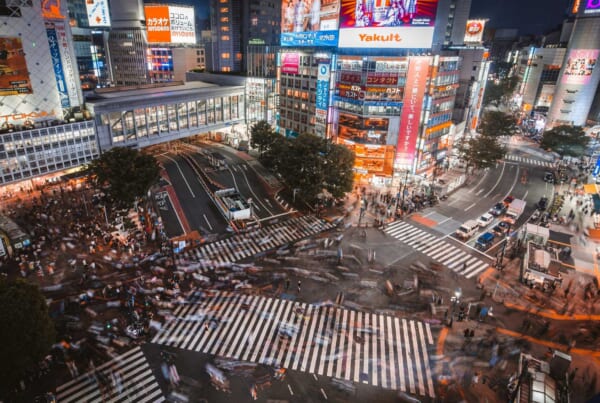Death. That mystery yet to be solved. That unanswered phenomenon that all cultures try to understand. The path to the afterlife affects every single living being. Where do we go when we die? What do we become? Can the deceased observe us and help us from beyond?
Throughout history, each culture has created a series of collective rituals related to death to overcome pain, loss, and the absence of answers. Death in Japan is a fascinating topic to talk about. With its incredible spiritual background, Japanese culture has a unique way to answer all these questions.
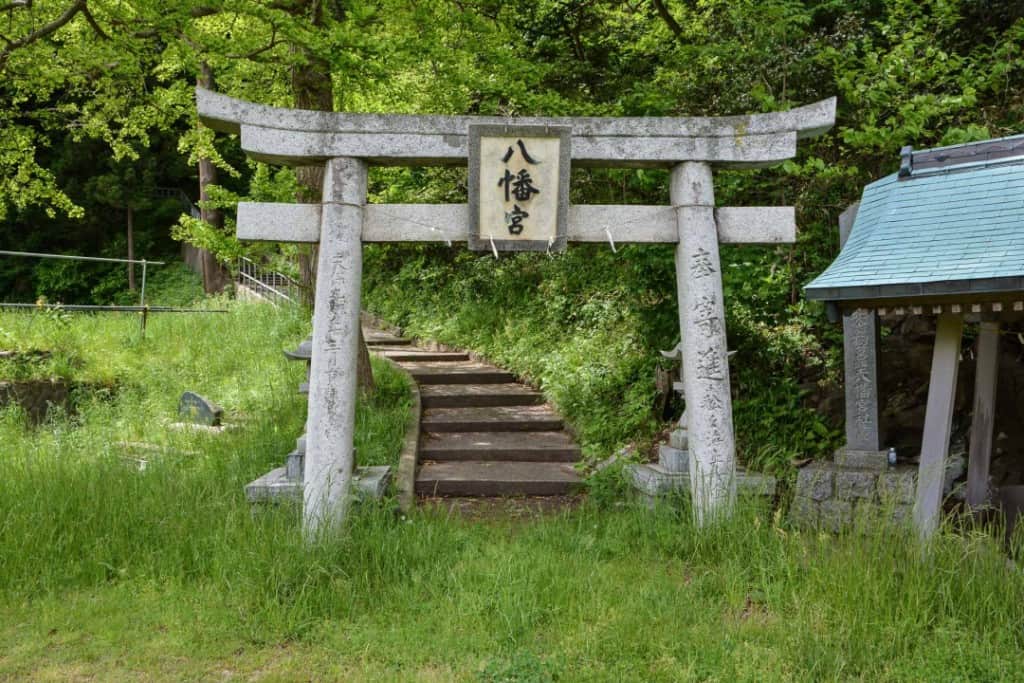
The torii gate of Hakogata Hachimangu Shaso © Estelle 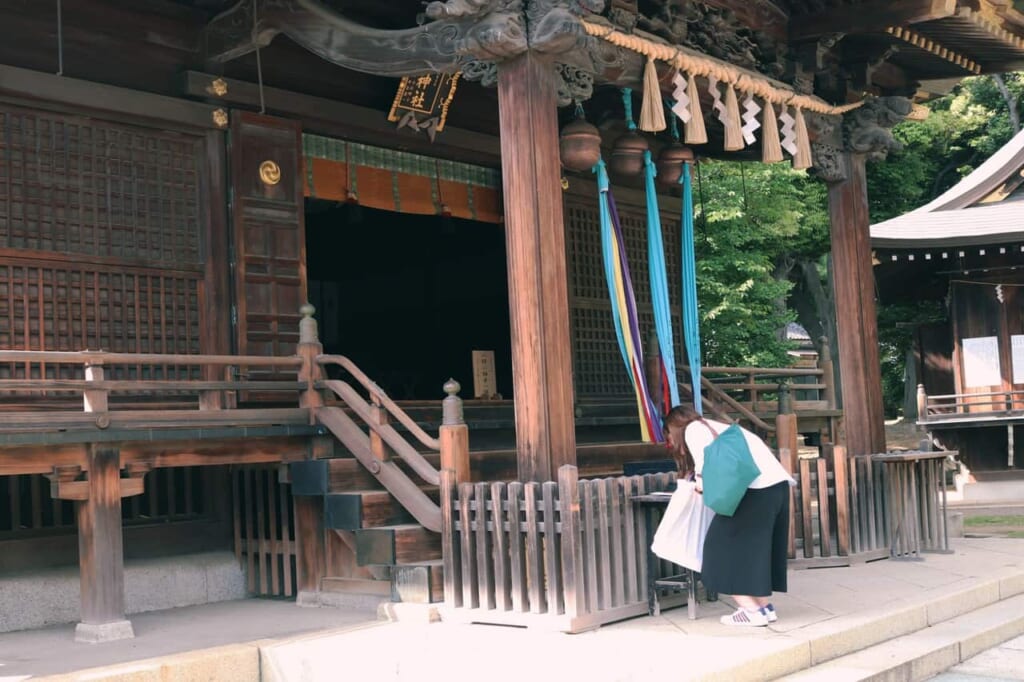
Death in Japan: Its Meaning
Shinto and Buddhist religions coexist in harmony in Japan. Both have many aspects in common such as the importance of living beings’ souls. That is why in Japan when people die, they are still important.
Within the Shinto religion, there is a belief that each person harbors a kami (神 – divine spirit) that is bound and weakened inside the human body. When dying, this spirit regains his power and comes out of the deceased. This soul interacts in different ways with the world of the living. But, unlike other countries, it needs someone to take care of it and cover its basic needs to “survive”: drink, eat, and entertainment.
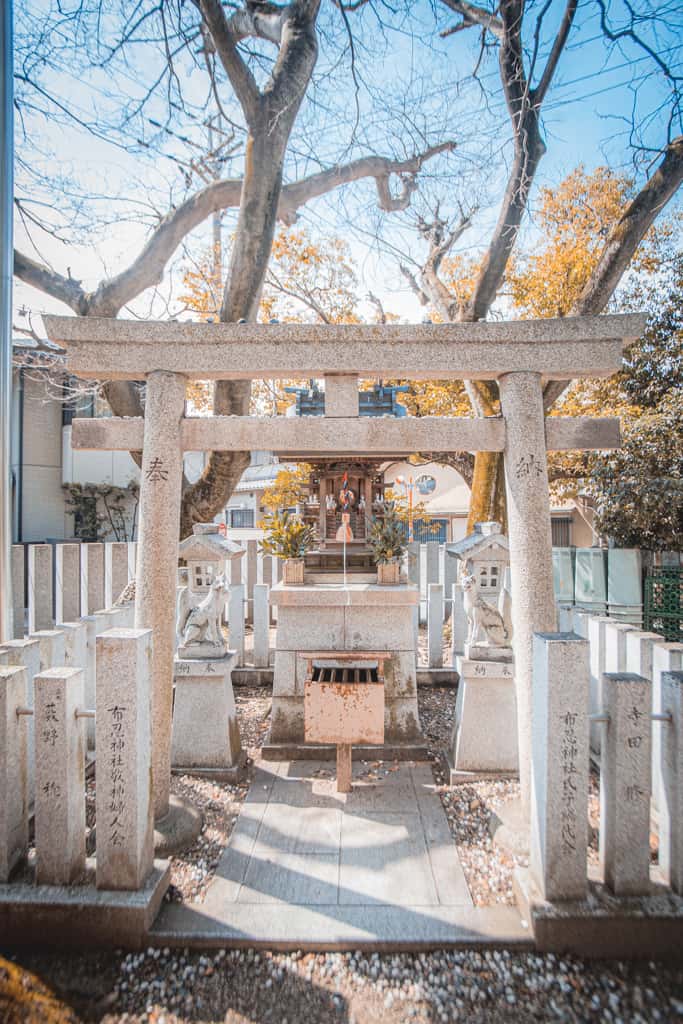
Nunose Shine in Osaka © Lucia Tsujiguchi 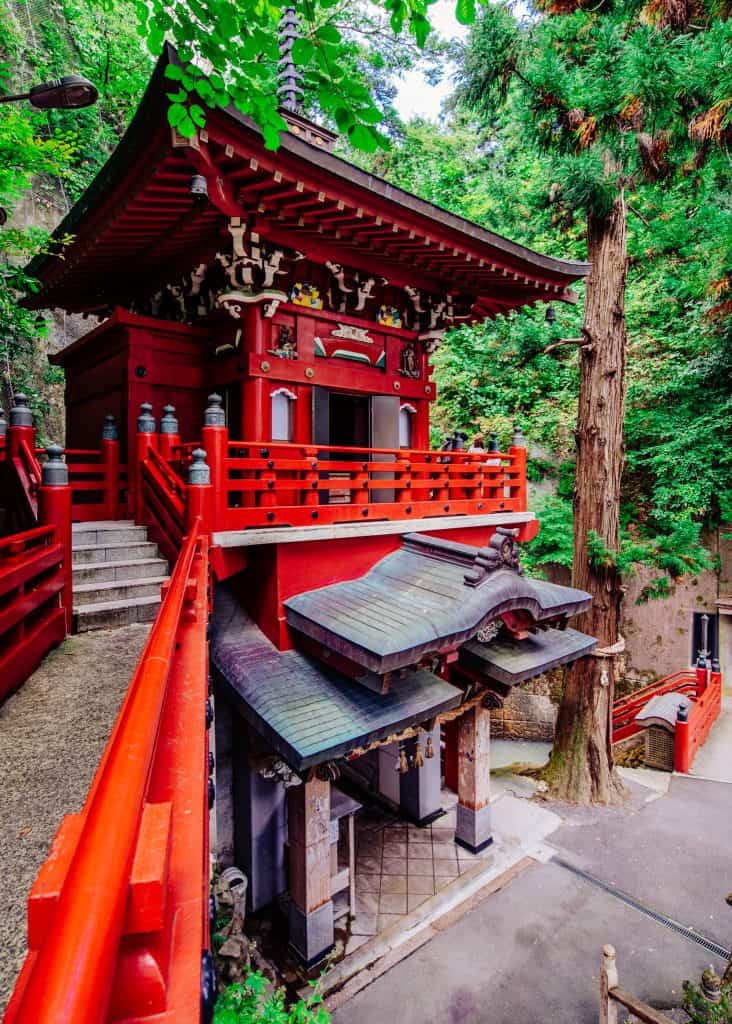
Nakano Fudoson Temple ©Todd Fong
However, before resting in peace, there is a long and arduous journey ahead. Death is a crucial transitional moment similar to birth. In this way, the person who dies and their family have to follow rituals to not fail in this mission.
The belief says that you have to die in peace and leave the earthly world in the purest possible way. This may remind us of the Christian belief in confessing to being free from any sin. But the Japanese concept is much more complicated. A Japanese can’t leave anything to resolve, no grudge, not even the slightest doubt. A simple negative thought before dying could cause problems for your journey into the afterlife.
Death in Japan and Japanese Morality
Since I began to be interested in Japanese culture, I experienced cultural shock with respect to the Japanese way of showing honor and morality, which was totally different from my own culture. After research for this article, I realized that these differences were mainly due to the weight that death carries in their society.
As I have mentioned above, a deceased’s spirit in Japan needs great help from the living. Why sacrifice yourself with extensive rituals and offerings throughout your life for a person who has already passed away? The answer can be found in the moral debt (gimu – 義務) that a child owes to their parents.
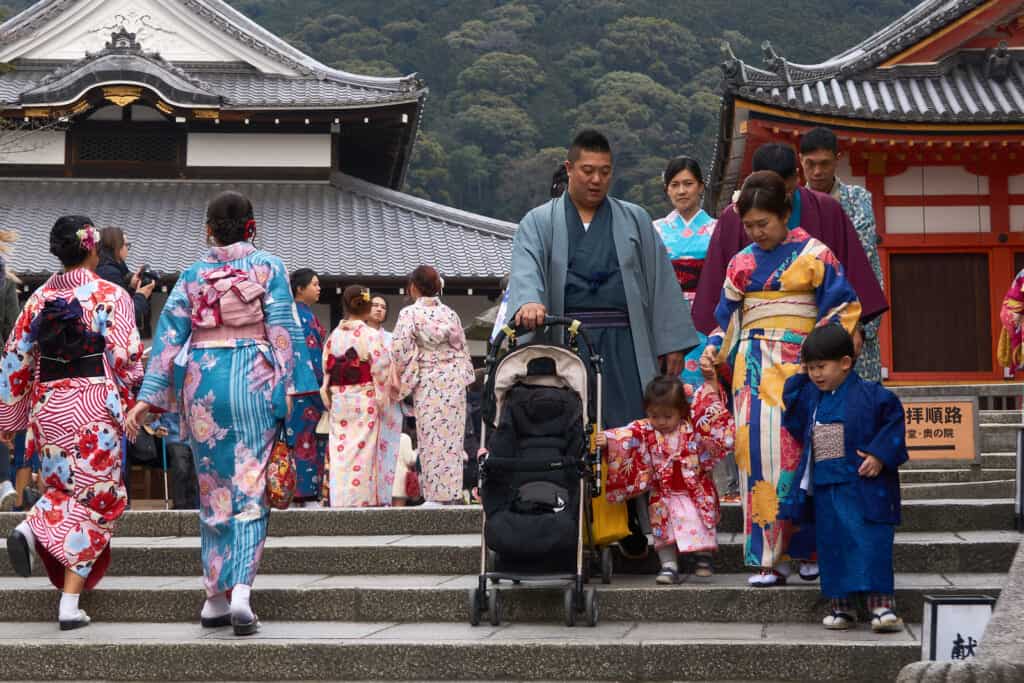
Gimu: The Unsolvable Moral Debt
Parents gives life to a child when they are born. Life is the most precious thing we have. Therefore, a child will always have an impossible debt called gimu (義務) to their parents.
This morality is transmitted from generation to generation, and a child could only return this favor when their parent passes away. How? Helping them to pass in peace and performing all the rituals during the funeral. After that, continuing to offer them food, drink, and offerings so that they could have an honorable eternity.
If you fulfill all these obligations, you get a reward: your ancestor, now a sorei (a good ancestral spirit – 祖霊) will protect you from the evil. But, if you don’t, your ancestor can turn into your worst nightmare: a yurei (幽霊), a tormented soul that didn’t receive the necessary attention during a parent’s death.
This is the reason why Obon, the celebration dedicated to the dead, is of the greatest summer events in Japan. Obon days are essential for the Japanese as it is the time of year that everyone gathers to the family home, visit their homeland and honor their ancestors.
The mix between Japanese social morality and religious superstitions makes Japanese both fear and love their ancestors. This is the reason why, nowadays, most Japanese homes have altars dedicated to their deceased, offering them food, sake, and part of their thoughts. In part, for this moral obligation, for fulfilling that impossible debt and to be protected from all evils.
Heaven and Hell in Japanese Culture
Shinto is the indigenous religion in Japan. They believe in the concept of konoyo (この世 – this world) and anoyo (あの世 – the hereafter). From the Shinto perspective, these two worlds are closely connected. Although it is difficult to reach the afterlife, it is easier to move between worlds once you are there. That is why some Japanese think that the presence of a ghost is very natural. These souls, before reaching the anoyo, will pass through the yominokuni (黄泉の国), a kind of Hades where deceased go when they die. The entrance to this place is said to be physically located at Yomotsu Hirasaka, in Izumo, Shimane Prefecture.
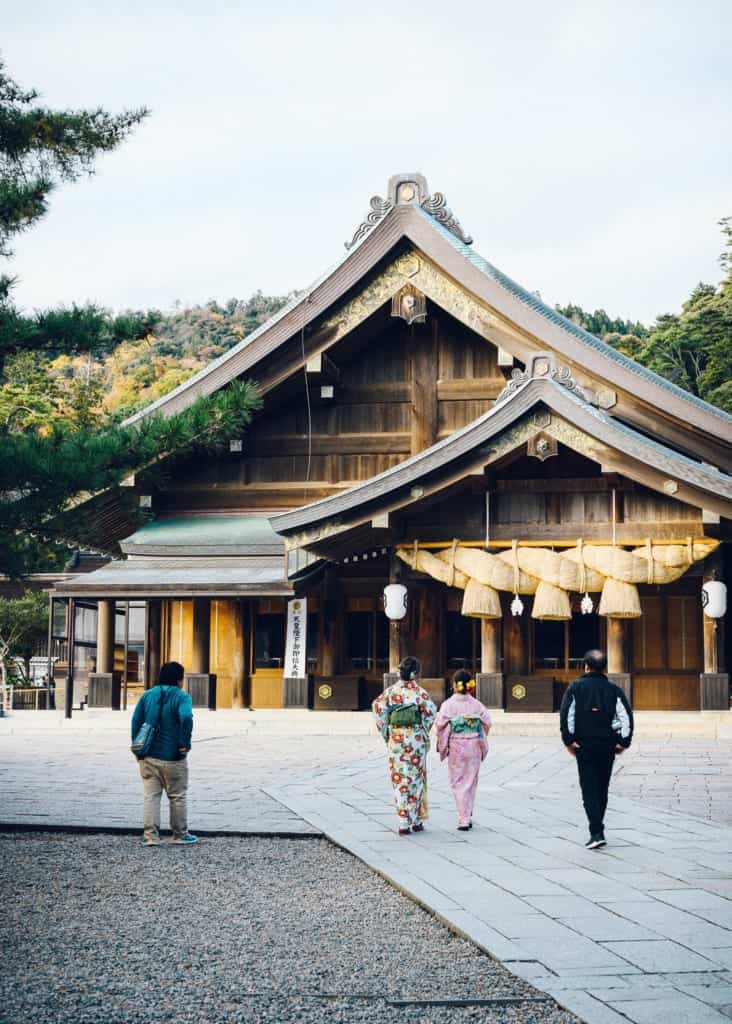
When Buddhism arrived in Japan, there were changes in the world of the dead. One of them was the tradition of cremating the deceased. Over the years, new concepts about the afterlife emerged, such as the Jodo (浄土), the Pure Land of the West, a kind of paradise headed by Buddha Amida.
It also appeared the hell concept, known as a jigoku (地獄). This Japanese hell has a uniqueness: we can’t know how many hells are. They believe that there is a different punishment in each one of them, mainly related to fire and ice.
If you are curious to know where the Japanese hell is located, various spots are recognized as gates to hell. Beppu has various hot water wells, Noboribetsu in Hokkaido, Mount Tate in Toyama, or Mount Osore in Aomori. You might be asking yourself why there are many possible candidates on the list. Think about it: Japan is dominated by its volcanic lands, so there is no wonder why people believed that these smoky landscapes could be the gate to hell.
Even in Osaka you can find a representation of heaven and hell at the Senkoji temple!
Steaming “Hells” of Beppu, Oita Noboribetsu, Hokkaido © Mika Senda Monte Osore, Aomori © Joachim Ducos
Death in Japan Throughout History
The ancient Japanese had a high level of spirituality. They used to assume that their ancestors were the ones who created the natural disasters on the island. They imagined them as strong souls with great powers that dominated the spirits of nature. As if that weren’t enough, death had already great importance during the Jōmon Period (縄文時代 – 14,500 BC – 300 BC), as some ancient tombs demonstrate the performance of specific rituals.
During the prehistoric Yayoi and Kofun periods, there was a clear evolution. In the Kofun period, the inhabitants of the Japanese archipelago began to change their funeral concept. We can see this as the shapes of their tombs were modified. Nowadays, you can see their legacy in different places like Osaka.
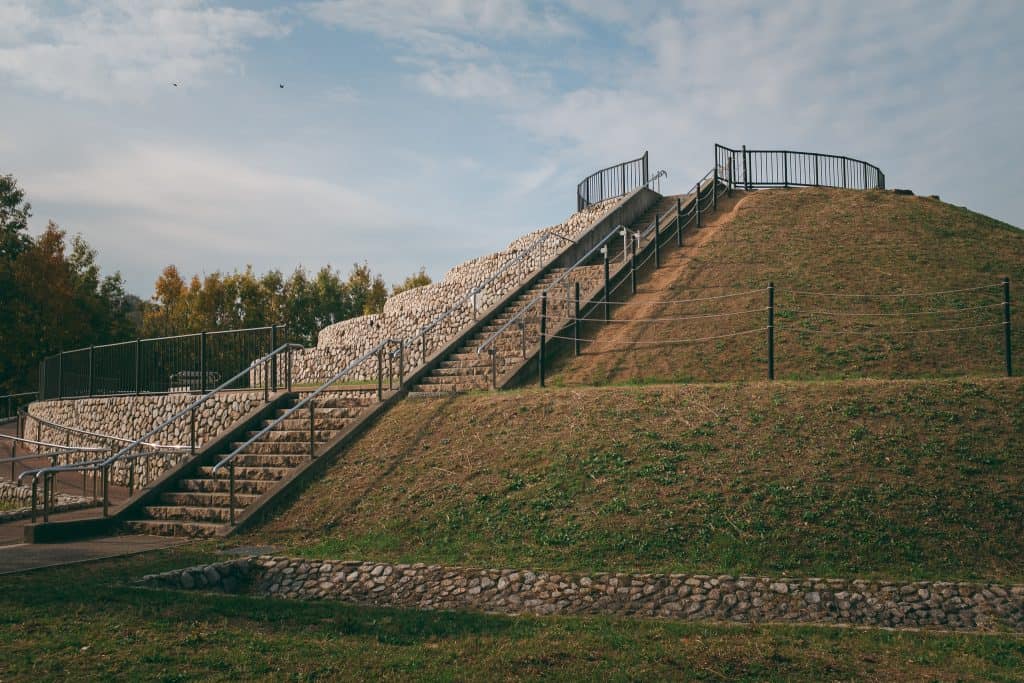
Buddhist Death: Heian Period
The Buddhist religion became deeply rooted in Japanese society during the Heian Period (平安時代, 794 – 1185), introducing new ideas about death and the afterlife. From then, the funeral customs of the upper classes became complex rituals as they aimed to die in the purest possible way since they believed that this was the only possible way to achieve their eternity.
One of the rituals was the confinement of the dying person in a room isolated from any stimulus. This guaranteed not to have any distractions or desires that would give the person an impure thought before expiring. The wealthiest were accompanied by a zenchishiki (善知識), a caretaker who assisted the dying person and recited sutras to achieve the perfect concentration.
At the end of this period, the cremation of the deceased was gaining considerable importance. As I previously mentioned, it was an important Buddhist ritual that brought the soul and body of the deceased closer to Buddha. This practice started among the upper classes and was already widespread in the Kamakura Period.
Scenes from the book “Genji Monogatari” A girl playing a typical Japanese instrument.
Honorable Deaths in Japan: Seppuku and Harakiri
During the Edo Period, the samurai appeared. This leads us to talk about the concept of seppuku (切腹), also known as harakiri (腹切り).
This was an honorable and accepted method of committing suicide among samurai when they failed a mission or lost to their enemy. The method consisted of taking a sword through their abdomen. This exact location is not randomly selected, as they believed that people’s souls were located there. In this way, the person could free himself and die in peace and without remorse.
As the samurai did, the Japanese inhabitants could also be condemned to die by practicing seppuku. It seems a scary way to die, but at that time, it was the closest thing to a dignified death. Although it is a concept far removed from our society, dying properly was very important in Japan. Moreover, the fact of practicing seppuku showed enormous courage and self-control. When you knew you were about to die, being able to perform seppuku was “the best gift” to oneself.
Yorimasa Minamoto about to commit seppuku.
© Art Gallery of Greater VictoriaHarakiri en el río.
© Artelino
The New Perspective of the Death
The meaning of death evolves as society does. Nowadays, life expectancy in Japan is one of the longest in the world. This is why people, after retiring, have time to enjoy their remaining decades and to think about death.
Is it Possible to Die in Peace in Japan Nowadays?
As you have previously read, death in Japan had to be followed by rigid rules, and no one can choose how to spend the last days of their life. Here, we can observe some confrontations between modern and ancient Japan.
For example, the idea of dying in peace still exists in Japanese culture. This is why many people don’t want to die surrounded by machines in a hospital and prefer to do it at home.
There is also a great controversy with organ donation. Religion in Japan says that everyone has to remain whole until the moment of their cremation in order to have a good eternity. These problems are exacerbated when family members decide the future of the dying person since in Japan family members have absolute power to decide on their members.
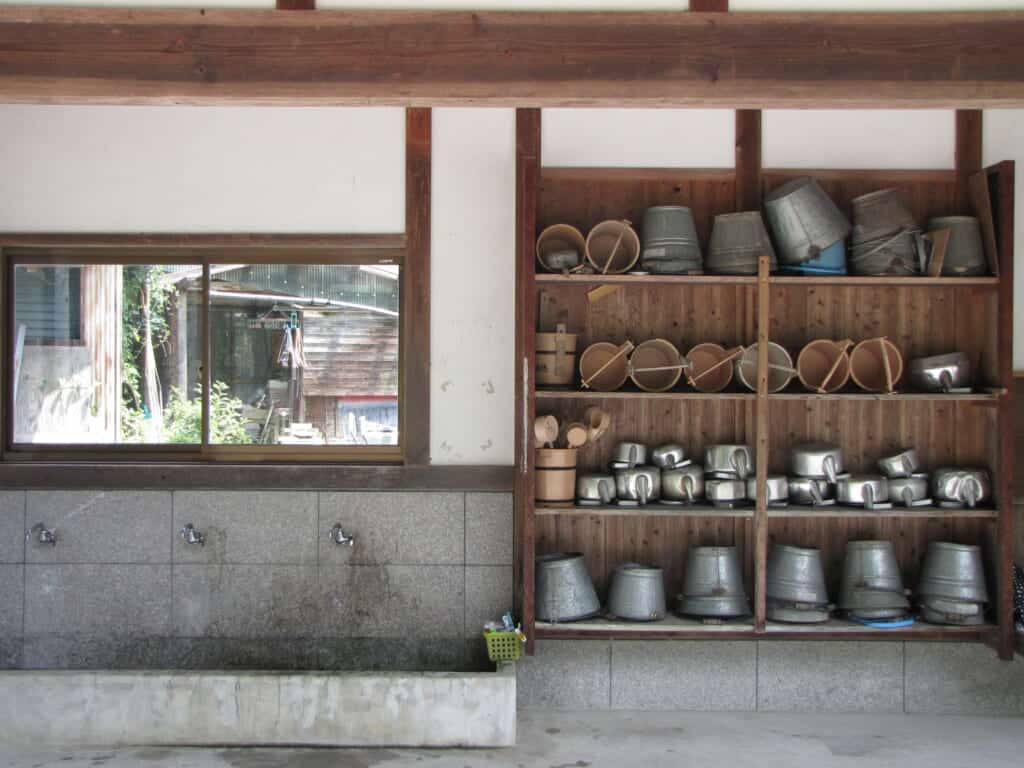
Death is no Longer a Community Task
There is another significant change that death in Japan is facing nowadays: the community task it entails. Before the Second World War, the deceased’s community was in charge of taking care of all the funeral procedures, from informing everyone of the death to the funeral preparations.
As Japan moved into the modern world, the younger generations are losing the knowledge of the death rituals, and instead of being in charge of these tasks, they prefer to pay a professional. We don’t have to forget that funeral rituals were the occasion to generate links between a community. It was a moment to create links between the different members, as they had to work as a community, and they had to go through the mourning together. These new generations have modified the symbolic value and the perception of the whole ritual.
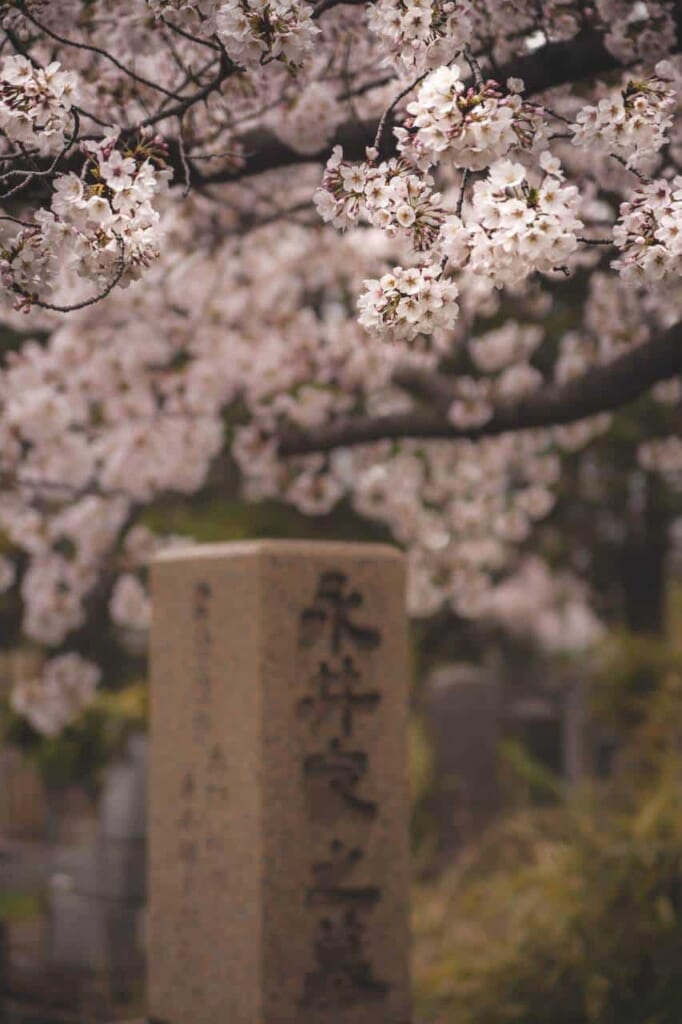
We can’t know where we go after death, but we can firmly believe in something while living. In Japan, they think that the dead never leave us and take care of us or, on the contrary, disturb us. Even though we live in a world surrounded by new advances in modernity, there is still a spiritual world with beliefs rooted in tradition. If tradition and modernity can go hand in hand, why not the world of souls and the world of the living?
For this article, I used the the book Yurei: The Japanese Ghosts by Zack Davisson as a reference.


